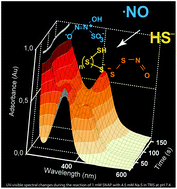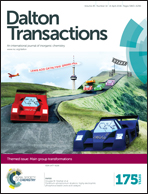Inorganic sulfur–nitrogen compounds: from gunpowder chemistry to the forefront of biological signaling
Abstract
The reactions between inorganic sulfur and nitrogen-bearing compounds to form S–N containing species have a long history and, besides assuming importance in industrial synthetic processes, are of relevance to microbial metabolism; waste water treatment; aquatic, soil and atmospheric chemistry; and combustion processes. The recent discovery that hydrogen sulfide and nitric oxide exert often similar, sometimes mutually dependent effects in a variety of biological systems, and that the chemical interaction of these two species leads to formation of S–N compounds brought this chemistry to the attention of physiologists, biochemists and physicians. We here provide a perspective about the potential role of S–N compounds in biological signaling and briefly review their chemical properties and bioactivities in the context of the chronology of their discovery. Studies of the biological role of NO revealed why its chemistry is ideally suited for the tasks Nature has chosen for it; realising how the distinctive properties of sulfur can enrich this bioactivity does much to revive ‘die Freude am experimentellen Spiel’ of the pioneers in this field.

- This article is part of the themed collection: Main Group Transformations

 Please wait while we load your content...
Please wait while we load your content...